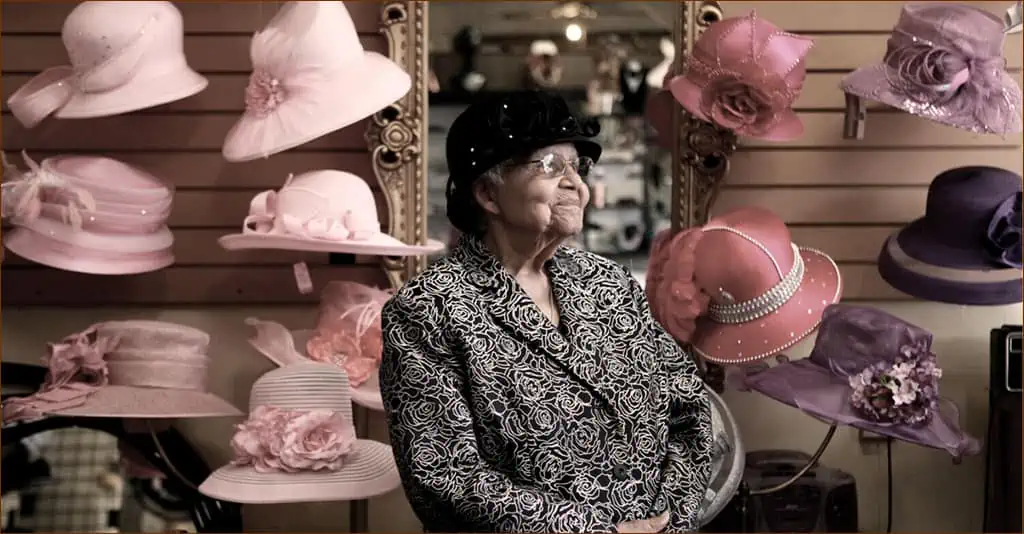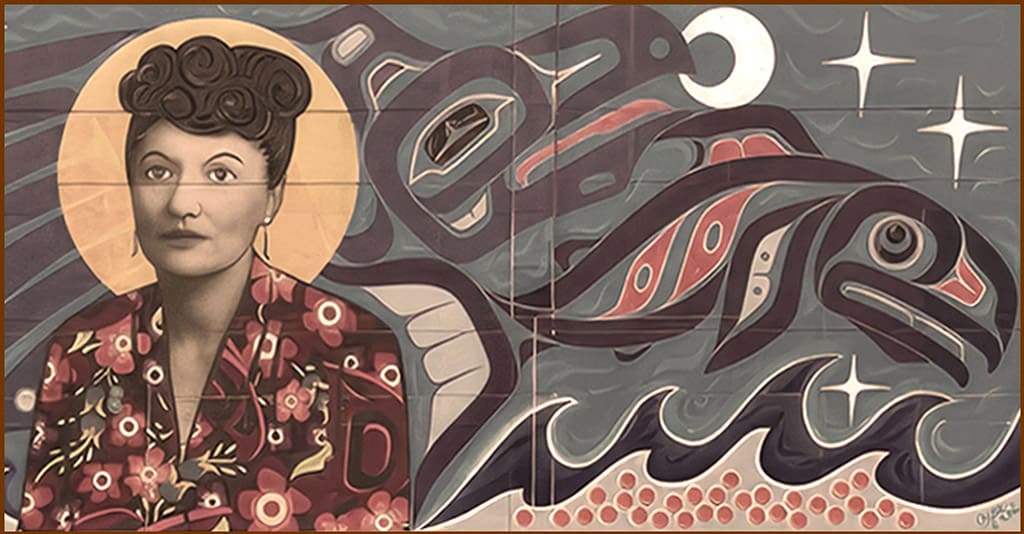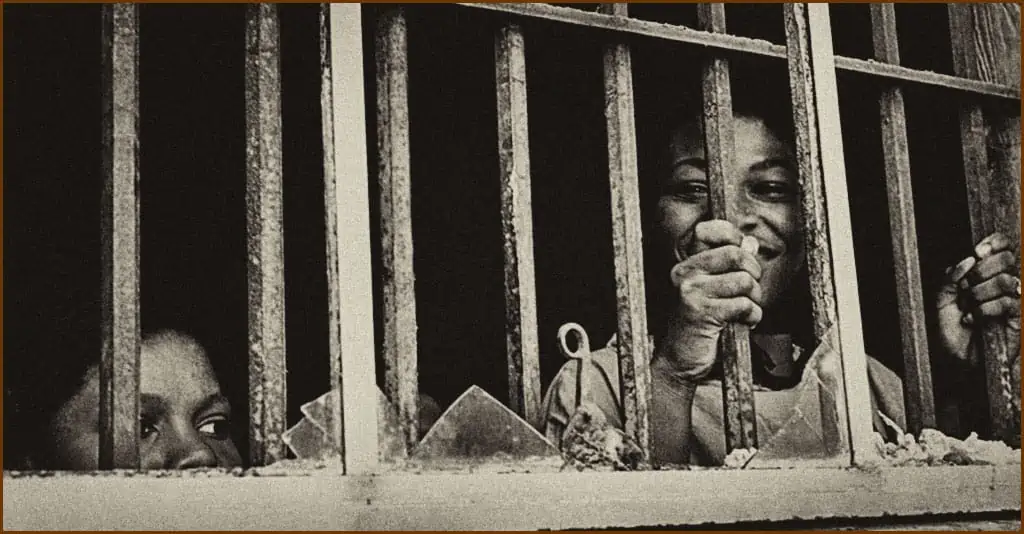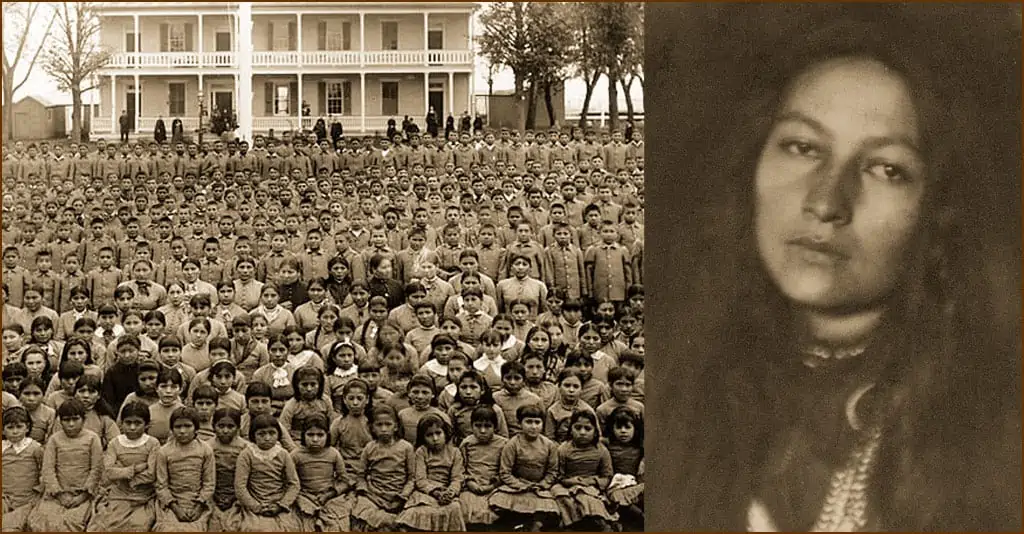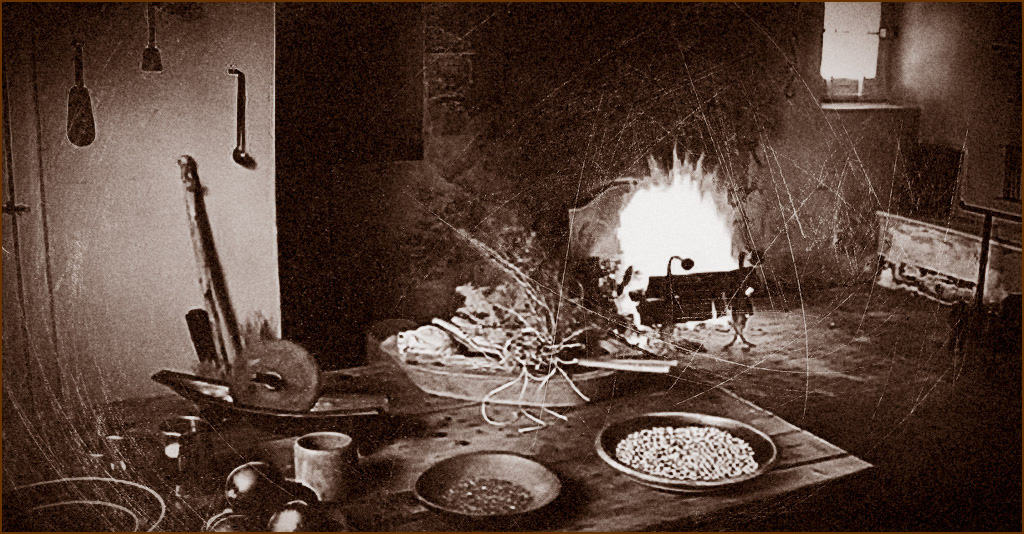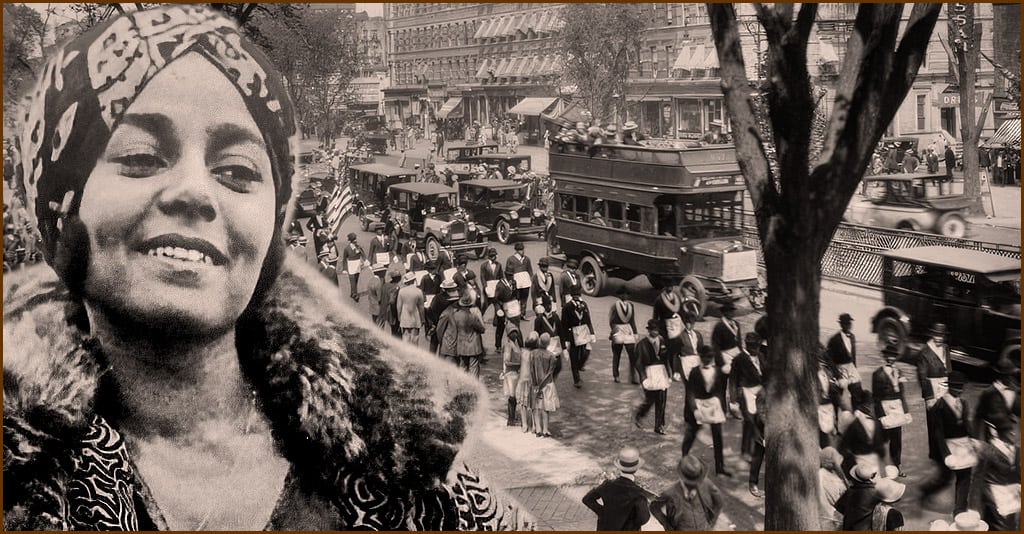
The Harlem Renaissance of the ‘20s and ‘30s was a hotbed of African American music, dance, art, fashion, literature, politics, and scholarship. It gave us luminaries like Langston Hughes, Josephine Baker, W.E.B. DuBois and Jessie Redmon Fauset. But for many, when it came to Black identity, community and the everyday experience of Black people, a woman named Stephanie St. Clair loomed large.
Continue reading “Stephanie St. Clair: Harlem Renaissance by the Numbers”
